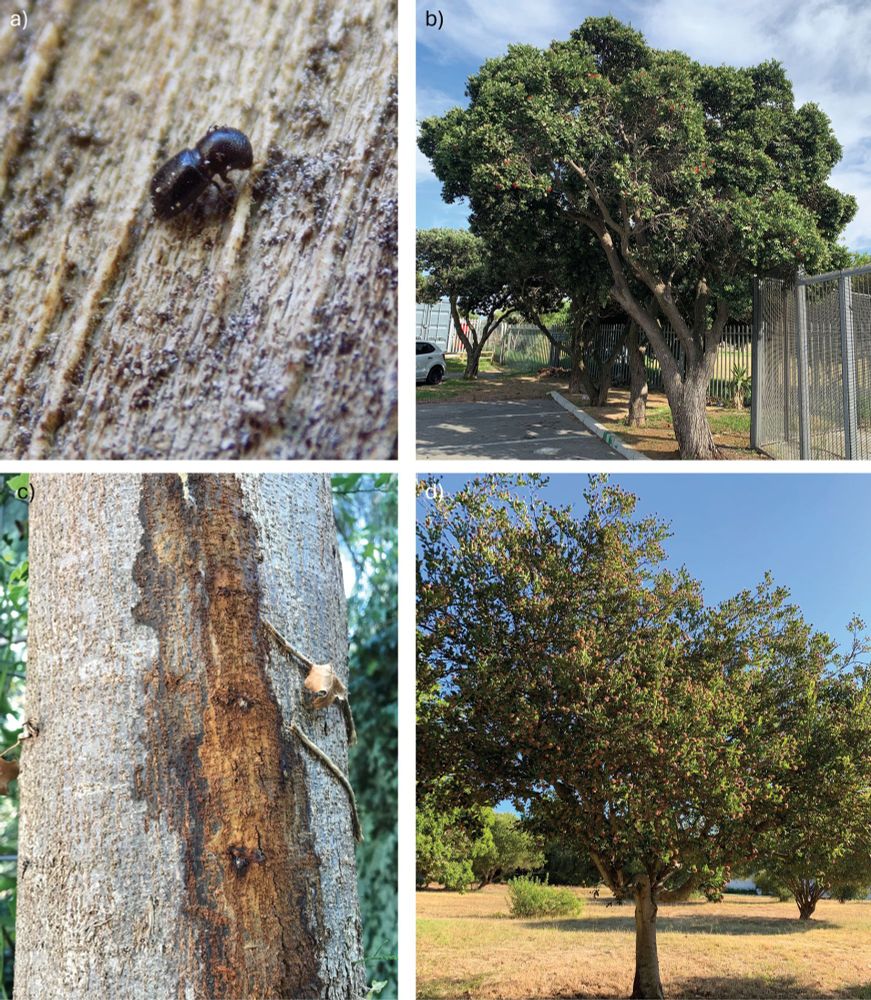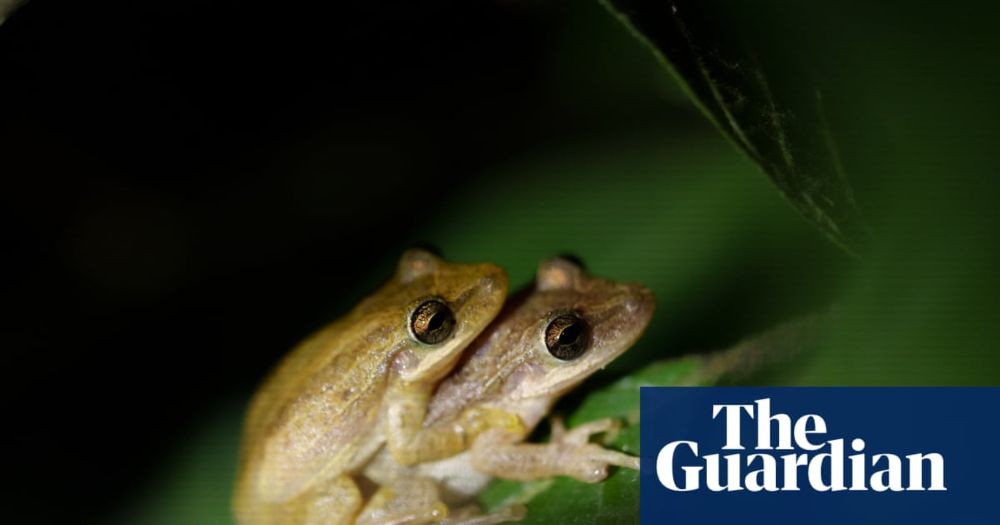
Published by @pensoft.net. Powered by ARPHA Platform.
Website: https://neobiota.pensoft.net/

🔗 doi.org/10.3897/neob...

🔗 doi.org/10.3897/neob...
🔗 doi.org/10.3897/neob...

🔗 doi.org/10.3897/neob...
🔗 doi.org/10.3897/neob...

🔗 doi.org/10.3897/neob...
🔗 doi.org/10.3897/neobiota.83.97325
@pensoft.net @neobiota.pensoft.net

🔗 doi.org/10.3897/neobiota.83.97325
@pensoft.net @neobiota.pensoft.net
🔗 doi.org/10.3897/neob...

🔗 doi.org/10.3897/neob...
🔗 doi.org/10.3897/neob...

🔗 doi.org/10.3897/neob...

🔗 doi.org/10.3897/neob...

🔗 doi.org/10.3897/neob...
🔗 doi.org/10.3897/neob...

🔗 doi.org/10.3897/neob...
@entsocamerica.bsky.social

@entsocamerica.bsky.social
🔗 doi.org/10.3897/neob...
@liverpooluni.bsky.social

🔗 doi.org/10.3897/neob...
@liverpooluni.bsky.social
🔗 doi.org/10.3897/neob...

🔗 doi.org/10.3897/neob...



🔗 doi.org/10.3897/neob...

🔗 doi.org/10.3897/neob...
🔗 doi.org/10.3897/neob...

🔗 doi.org/10.3897/neob...
www.theguardian.com/environment/...

www.theguardian.com/environment/...
🔗 doi.org/10.3897/neob...

🔗 doi.org/10.3897/neob...
neobiota.pensoft.net/article/1446...

neobiota.pensoft.net/article/1446...

🔗 blog.pensoft.net/2025/09/29/a...

🔗 doi.org/10.3897/neob...

🔗 doi.org/10.3897/neob...
🔗 doi.org/10.3897/neob...

🔗 doi.org/10.3897/neob...
🔗 doi.org/10.3897/neob...

🔗 doi.org/10.3897/neob...
Read all about it on the @pensoft.net blog: blog.pensoft.net/2025/10/31/a...

Read all about it on the @pensoft.net blog: blog.pensoft.net/2025/10/31/a...

